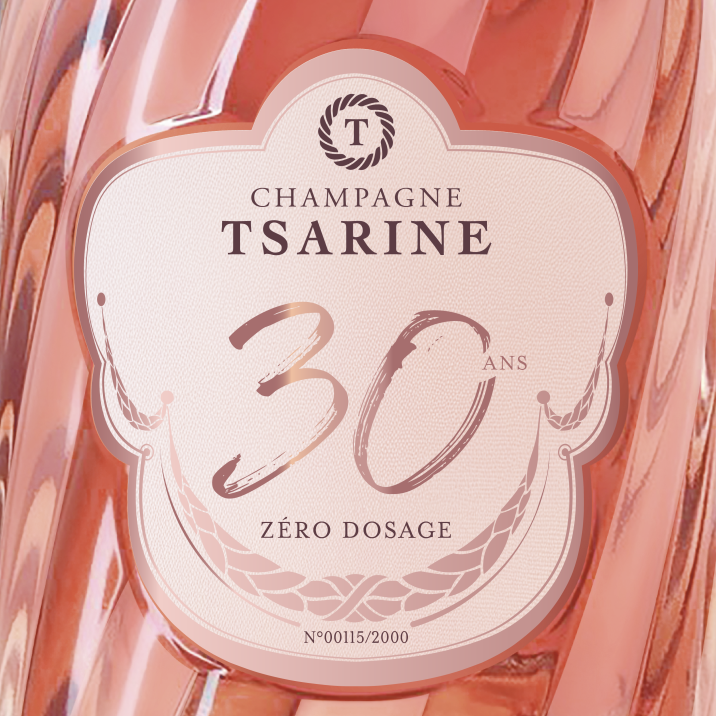Li Demei: Chinese wine drinkers prefer sweetness but hate astringency
A consumer survey conducted by China’s leading wine expert, Li Demei, has shown that Chinese wine drinkers prefer a touch of sweetness, and that consumers accustomed to different types of Chinese cuisines respond differently to acidity, tannins, astringency and bitterness, perhaps showing wineries which areas of the country will respond better to their wines.
The findings, presented during ProWine China in Shanghai by Li, partly explained why certain styles of wines are more popular in some Chinese regions than others.
The results will therefore also offer guidelines for producing and making wines for the Chinese market’s various consumer groups, he added.
Li’s survey and questionnaires covered four major types of Chinese cuisine, namely the spicy and fiery Sichuan cuisine, Cantonese cuisine popular in Guangdong province and Hong Kong, the more delicate Huai Yang cuisine in Jiangsu province and Lu cuisine in Shandong province, in addition to a group of consumers who exhibited no particular preference over different cuisines. In China, there are, altogether, eight different types of regional cuisine.
For instance, Li explained that consumers who are brought up and are accustomed to eating spicy and fiery Sichuan food, have a clear preference for wines that showed smokiness (烟熏味) and grassy notes (青草味). This finding might suggest wines with heavier oak contact and New Zealand Sauvignon Blanc might be more popular among drinkers in Sichuan.
Meanwhile, consumers who prefer Huai Yang cuisine, a eastern regional style that focuses on fresh ingredients, tend to prefer acidity, while wine drinkers who prefer the Lu style of cuisine popular in Shandong province, characterised by saltiness and heavy-handed use of oil, have a higher tolerance for tannins, according to Li’s findings.
Partner Content
For more delicate cuisines such as Huai Yang and Cantonese food, consumers tend to be more sensitive to astringency and bitterness, he explained.
Despite regional differences in taste, there are some general rules when it comes to wine. Based on his survey results, he found consumers responded well to sweetness, but showed a clear dislike for astringency, while for acidity, results are neutral without a clear preference.
Admitting the results are still preliminary, nonetheless Li said consumer preferences on wine has been a focus of his research studies and will continue to be in the future.




